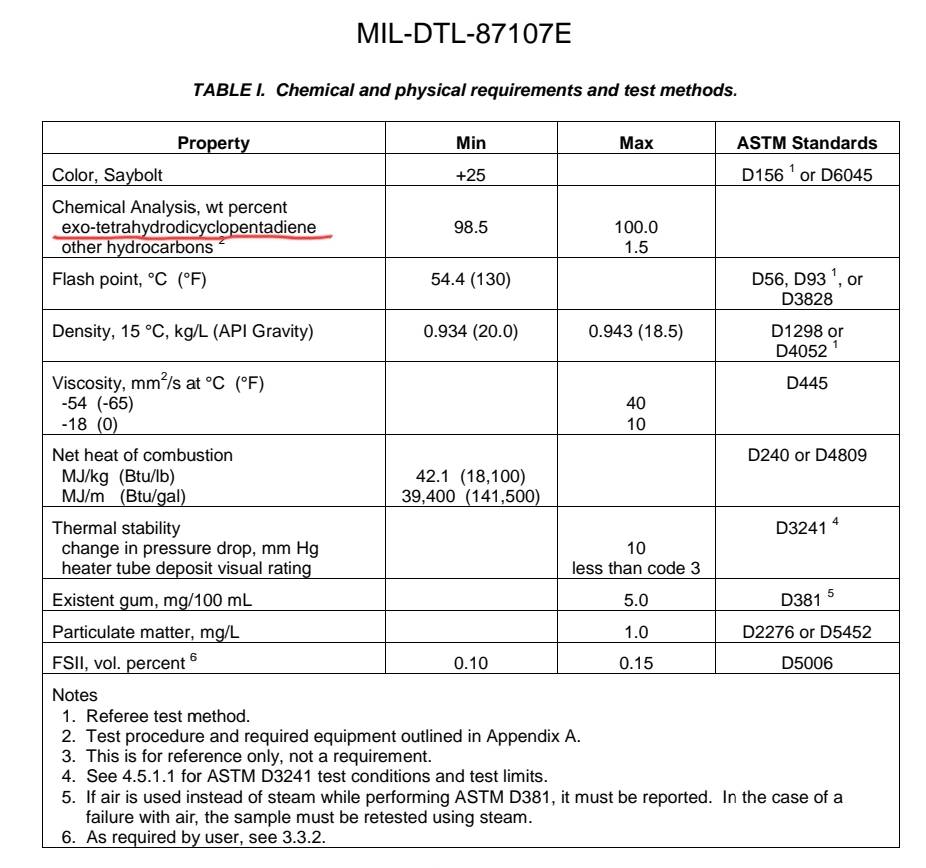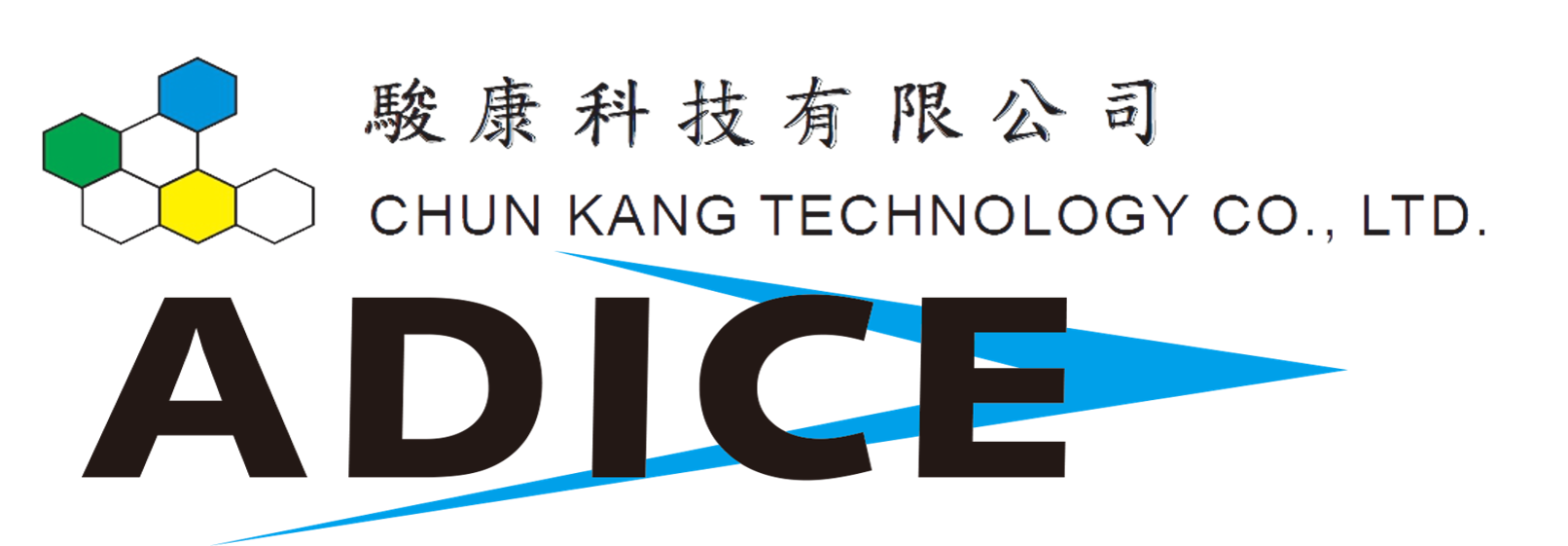THDCPD / JP-10
Tetrahydrodicyclopentadiene is a derivative of dicyclopentadiene, also known as JP-10. It has a simple hydrocarbon ring structure and is mainly used in aviation fuel. It can release high unit energy under special conditions and is used in a wide range of applications. It is a source of high-efficiency fuel power generation and high-speed and ultra-high-speed engine power. It can also be used as a solvent for extracting certain oily components or as a diluent for certain types of coatings. Under appropriate acidic conditions, it can further generate cage-like adamantane compounds.
In order to achieve supersonic speeds and shorten flight times, global aircraft have strict specifications for special high-energy fuels. We obtained the hydrogenated cyclopentadiene: endo-tetrahydrodicyclopentadiene (cas no: 2825-82-4 ) High-purity exo-tetrahydrodicyclopentadiene (cas no: 2825-82-3, JP-10), and finally filter the solid by-product adamantane through a precision filtration process to obtain a single product with a purity of more than 99%. This multi-tube matrix reactor can double the output with a small production volume, react at room temperature, and can produce continuously through continuous reactions. This product is difficult to achieve high purity using general fractionation methods due to the similar boiling points of the starting material and the product and consumes a lot of energy. It is difficult to mass produce because of the high energy consumption. The development of this matrix reactor is suitable for acid catalytic reactions to achieve low-carbon and energy-saving effects.



The partial enlargement shows that the purity of JP-10 can reach 99.2%, while the endo-tetrahydrodicyclopentadiene and adamantane contents are both less than 0.3%.
New technology for green high-energy fuels
Bio-based green high-energy fuels do not require the use of petrochemical raw material sources, so the market for converted high-quality fuel and bio-jet fuel is beginning to expand. Our company is researching to increase the density of biomass fuel by easily obtaining lignin fiber and hydrolyzing it to construct multi-ring structures such as bridged rings and linked rings. Lignocellulose is mainly composed of cellulose, hemicellulose and lignin. Cellulose is polymerized from grapes and is the most abundant polysaccharide in nature (35%~50%). It can be penetrated by acidic hydrogenation It is converted into 2,5-hexanedione (HD) via a solid Lewis acid-catalyzed ring-closing reaction to obtain intermediates such as methylcyclopentadiene (MCPD). material, and then through polycyclic and hydrogenation reactions, tetrahydro-dimethyl-cyclopentadiene (THDMCPD) with two configurations, endo- and exo-, can be obtained, and then through isomerization reaction High-purity exo-THDMCPD, also known as RJ-4, is available and can be used as a liquid rocket propellant. In addition, the minimum flash point of this fuel can reach 60°C, so it can be safely used on ships or submarines.

On the other hand, the hemicellulose part of lignocellulose can be converted into furfural through acidification hydrolysis, and then through alkaline catalytic rearrangement to generate 4-hydroxycyclopent-2-enone (4 -hydroxycyclopent -2-enone), and then synthesize cyclopentadiene through Raney Nickel catalytic hydrogenation reduction and acidic molecular sieve H-USY catalytic dehydration. This compound is the starting material for the synthesis of JP-10, and there is a process for subsequent transparency , you can get biomass JP-10 fuel.

In addition, furan aldehyde compounds are important sources for the synthesis of high-energy fuels. In addition to being used as a raw material for the production of RJ-4 and JP-10, it can also be used for the synthesis of quadricyclane (QC). QC is a liquid alkane with a high-tension cage structure and high energy density. Its mass calorific value is 44.35 MJ·kg-1, which is much higher than the high-density fuel JP-10. It also has good low-temperature performance. The mixed fuel has higher energy density and better thermal stability and low-temperature coagulation resistance than JP-10. Our company is the first to develop a new route for the production of lignocellulose from hydrolysis to synthesis, in addition to JP-10, and also synthesizes higher energy fuels to become a source of green high-energy fuels.

The quality of tetrahydrodicyclopentadiene produced by ChunKang Technology CO., Ltd. also meets military regulations.
Super JP-10

The latest ultra-high energy speed-increasing liquid propellant Super JP-10 developed by ChunKang Technology CO., Ltd. can replace the JP-10 propellant that has been used for a long time. Super JP-10 has a higher burning rate per unit weight and high stamping pressure than JP-10. Compared to Super JP-10 with the same weight, it can produce 2.5 to 4 times the combustion rate of JP-10. Experiments by foreign customers have proven that cruise aircraft with the same weight can fly at 5 to 8 sonic speeds (5 to 8 times the sonic speed depends on the fuel formula) The combination).
In addition, Super JP-10 derivatives and HTPB have been successfully synthesized into high-energy E-HTPB, which will be used in solid-state propulsion experiments.








